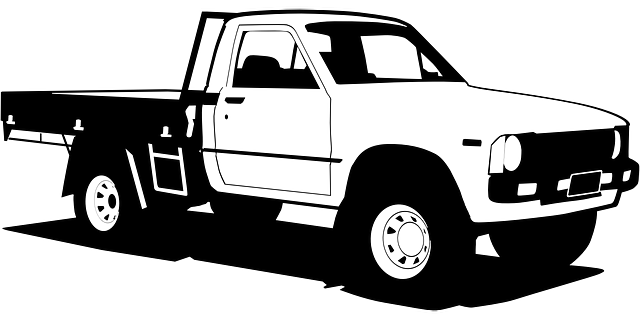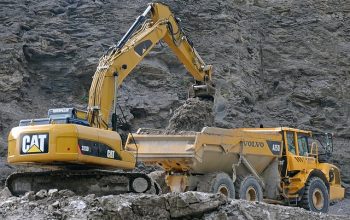A Vehicle Identification Number (VIN) check is a powerful tool in the heavy-duty transportation sector, offering detailed insights into truck specifications, manufacturing details, service records, and history. It aids in identifying safety risks, ensuring compliance with standards, making informed maintenance decisions, and ultimately achieving cost savings and improved vehicle performance. VIN checks are particularly crucial in light of recent truck recalls for safety defects, as they help identify recall issues and odometer tampering, promoting transparency and integrity. This process involves verifying the VIN against databases, cross-referencing manufacturer records, documenting steps, and setting intervals to proactively manage risks and foster a culture of safety within the transportation network.
In the fast-paced world of heavy-duty transportation, where every kilometer counts, conducting a meticulous Vehicle Identification Number (VIN) check stands as a cornerstone of proactive maintenance. This essential practice offers a wealth of insights into a truck’s history, from its original manufacturing specifications to any subsequent modifications or repairs. Recent high-profile recalls due to critical safety issues, such as steering failures affecting thousands of heavy-duty trucks, serve as stark reminders of the consequences of overlooking this crucial step. By delving into the intricacies of VIN checks, we explore how this simple yet powerful tool can safeguard fleets, ensure regulatory compliance, and promote the longevity of these vital workhorses on our roads.
- Understanding VIN Checks in Heavy-Duty Trucks
- Recent Recalls Highlight VIN Importance
- What Information Does a VIN Check Uncover?
- Early Issue Detection Through VIN
- Compliance and Longevity Benefits
- Best Practices for Thorough VIN Checks
Understanding VIN Checks in Heavy-Duty Trucks

A Vehicle Identification Number (VIN) check is a critical process in the heavy-duty transportation industry, serving as a comprehensive report card for each truck. This unique numerical code, typically found on a plate near the driver’s side door, contains a wealth of information. When scrutinized, it reveals the vehicle’s exact specifications, including its make, model, year, and engine type. Moreover, it provides insights into the manufacturing process, quality control measures, and any previous ownership or accident history.
For fleet managers and owners, conducting VIN checks is an essential part of their operational strategy. It allows them to identify potential safety hazards early on, ensuring that their trucks meet the required standards. By accessing this data, they can make informed decisions about maintenance, repairs, and replacements, ultimately contributing to cost savings and enhanced vehicle performance.
Recent Recalls Highlight VIN Importance
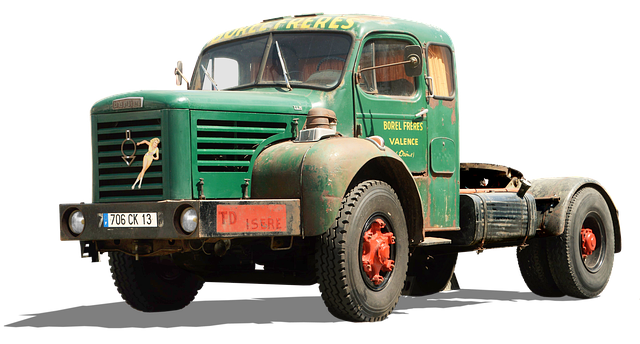
Recent recalls of heavy-duty trucks due to serious safety issues, such as steering failures, have brought the importance of Vehicle Identification Number (VIN) checks into sharp focus. These massive recalls, affecting tens of thousands of vehicles from prominent manufacturers, underscore the need for rigorous vehicle history verification. A VIN check provides a comprehensive overview of a truck’s lifecycle, including its original manufacturing details, service history, and any recorded accidents or repairs.
By reviewing this data, fleet managers, owners, and regulators can identify potential vulnerabilities and take proactive measures to mitigate risks. This is crucial in the heavy-duty transportation sector, where even minor issues with critical components like steering systems can lead to severe accidents and significant financial losses. Proactive VIN checks are no longer a best practice; they are an essential tool for ensuring safety, compliance, and the long-term viability of heavy-duty vehicle operations.
What Information Does a VIN Check Uncover?
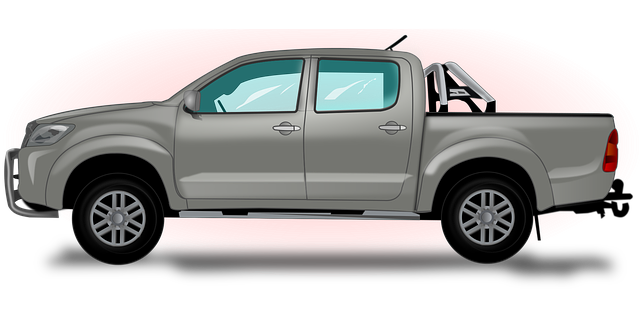
A Vehicle Identification Number (VIN) check is a powerful tool that reveals a wealth of information about a heavy-duty truck. This unique identifier, typically found on a plate near the driver’s side door, acts as a digital fingerprint for the vehicle. When scrutinized, it provides insights into various aspects, from manufacturing specifications to ownership history and any reported incidents or recalls.
The details uncovered can include the make, model, and year of production, engine type and capacity, transmission specifications, wheelbase, and more. It also traces the truck’s journey, listing all previous owners and service records, which is vital for identifying potential issues related to maintenance or accidents. Furthermore, a VIN check may reveal if the vehicle has been subject to any manufacturer recalls or if it has had its odometer tampered with, ensuring transparency and integrity in the transportation industry.
Early Issue Detection Through VIN

Performing a Vehicle Identification Number (VIN) check is an effective way to detect potential issues early in heavy-duty trucks. This process reveals detailed information about the truck’s manufacturing, including its components, specifications, and any reported recalls or maintenance records. By cross-referencing this data against industry standards and safety regulations, stakeholders can identify defects or non-compliance that may have been overlooked during initial inspections.
For instance, a VIN check might uncover hidden issues like faulty steering systems, worn-out brakes, or misaligned frames—all of which pose significant safety risks on the road. This proactive approach enables mechanics and fleet managers to address these problems before they escalate, thereby enhancing overall vehicle reliability and passenger/cargo safety.
Compliance and Longevity Benefits
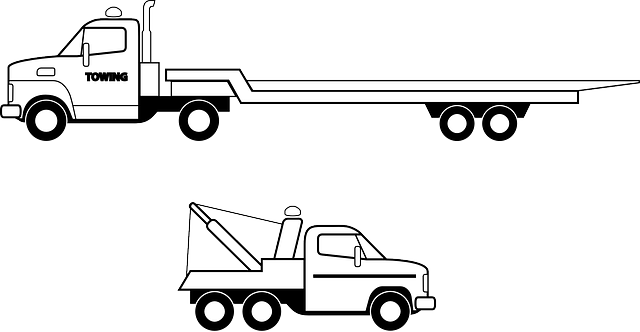
Performing Heavy-Duty Truck VIN checks offers significant compliance and longevity benefits. By cross-referencing the vehicle identification number (VIN) with reliable databases, stakeholders gain access to a wealth of information about the truck’s specifications, manufacturing defects, and service history. This proactive approach enables them to identify potential safety hazards or mechanical issues early on, thereby ensuring adherence to stringent safety regulations.
Moreover, VIN checks help maintain the overall longevity of these robust vehicles. Regular inspections can reveal signs of wear and tear, past accidents, or improper maintenance—all of which impact a truck’s performance and reliability. Proactive identification and resolution of such issues extend the life of heavy-duty trucks, minimize unexpected breakdowns, and optimize operational efficiency.
Best Practices for Thorough VIN Checks

When conducting a Heavy-Duty Truck VIN Check, attention to detail is paramount. Start by verifying the Vehicle Identification Number (VIN) against reliable databases to ensure its authenticity and accessibility. Cross-reference manufacturer records with the reported specifications, especially for critical components like brakes, steering systems, and engines. This double-checking process helps in identifying any discrepancies or potential red flags.
Document every step of the check, including dates, outcomes, and any maintenance or repair records. Keep digital records updated to facilitate easy tracking over time. Regular intervals should be set for these checks, especially after significant milestones like purchase, delivery, and major repairs. Proactive management of VIN data ensures that any issues are detected early, minimizing potential risks on the road and fostering a culture of safety within the transportation network.
In conclusion, conducting meticulous Heavy-Duty Truck VIN checks is not just a best practice but an indispensable step in ensuring the safety, reliability, and longevity of these crucial vehicles. By understanding the intricacies of VIN checks, recognizing the importance of recent recalls, and leveraging the wealth of information they provide, stakeholders can navigate the complex landscape of heavy-duty transportation with enhanced confidence and peace of mind.
